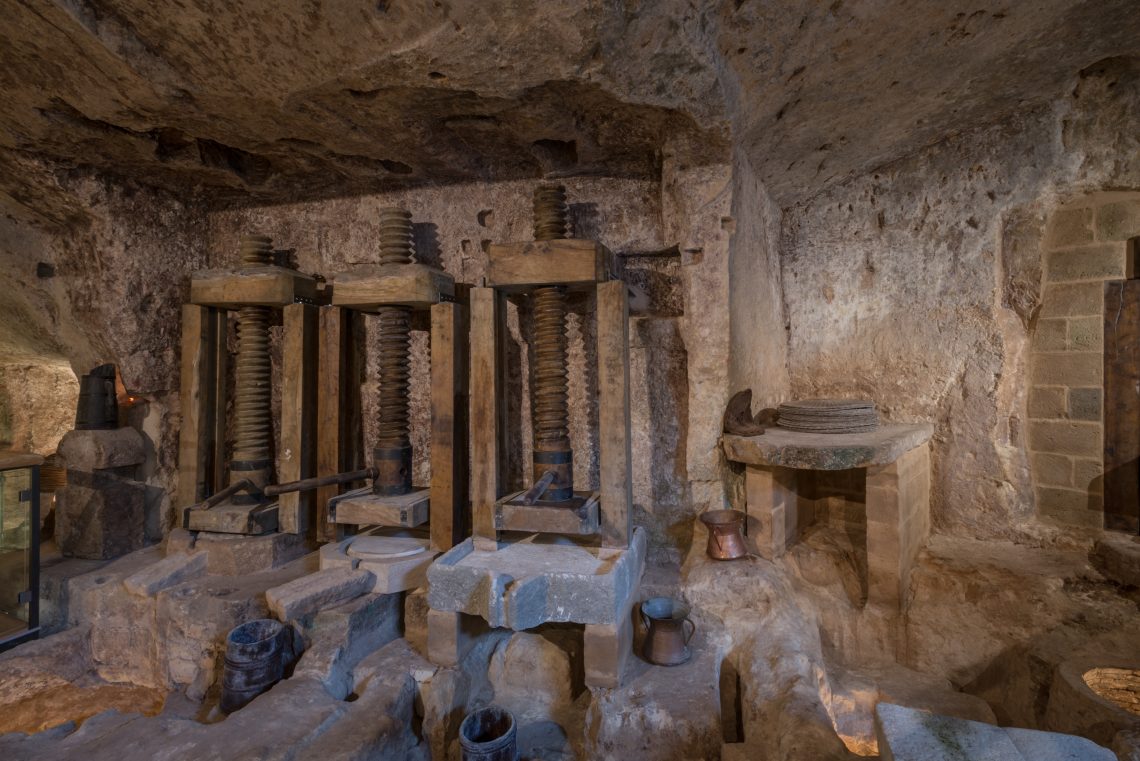The dissemination of the culture of Extra virgin olive oil cannot be separated from a communication aimed at learning about the history of a food with a noble and ancient history.
In times when the average consumer still struggles to understand the difference between an artisanal EVOO and an industrial one (often, opting for the latter), telling the origins of what scientific studies have confirmed to be an ingredient rich in virtues, is a value added.
Extra virgin olive oil is told in various ways, at the table, with oleo tourism but also through visits to the oil museums. Perhaps, still not popular enough, the Oil Museums are an extraordinary reality, especially in a country with an important olive history like Italy.
The MOOM: Matera olive oil Museum is one of the reference points on the subject. Let’s get to know this reality better through Marco’s Montemurro words, manager of the Museum.
For the interview visit Piero Pardini Wine Reviews.








